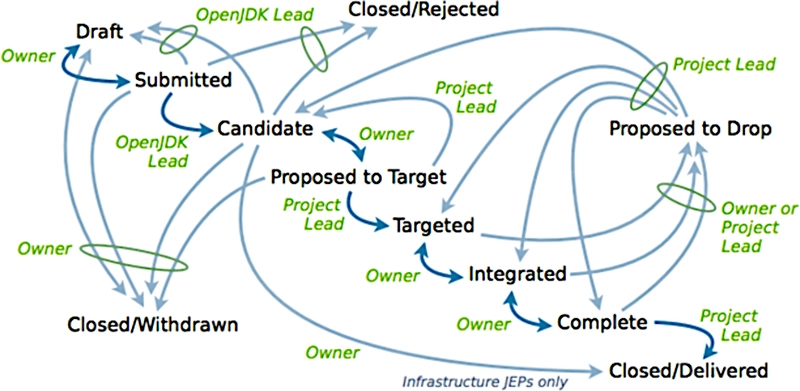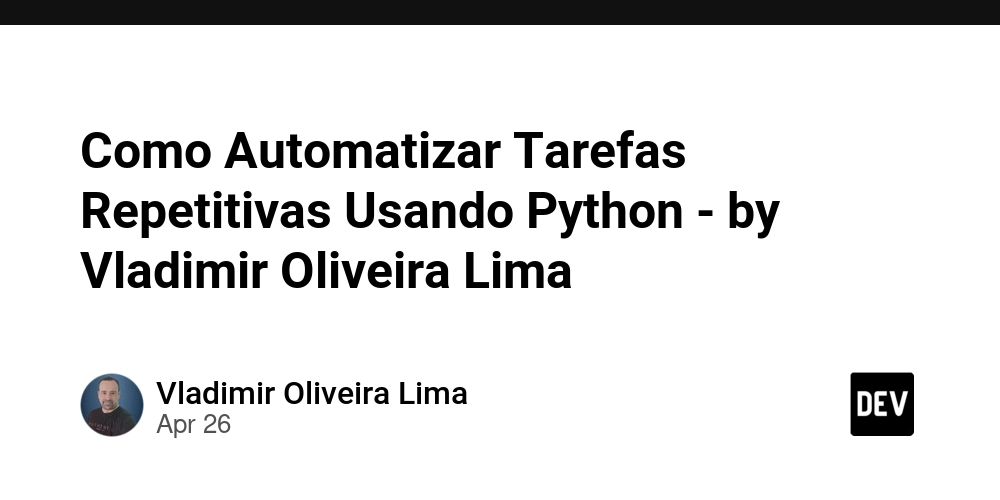Introduction to Data Engineering Concepts |17| Apache Iceberg, Arrow, and Polaris
Free Resources Free Apache Iceberg Course Free Copy of “Apache Iceberg: The Definitive Guide” Free Copy of “Apache Polaris: The Definitive Guide” 2025 Apache Iceberg Architecture Guide How to Join the Iceberg Community Iceberg Lakehouse Engineering Video Playlist Ultimate Apache Iceberg Resource Guide As the data lakehouse ecosystem matures, new technologies are emerging to close the gap between raw, scalable storage and the structured, governed world of traditional analytics. Apache Iceberg, Apache Arrow, and Apache Polaris are three such technologies—each playing a distinct role in enabling high-performance, cloud-native data platforms that prioritize openness, flexibility, and consistency. In this post, we’ll explore what each of these technologies brings to the table and how they work together to power modern data workflows. Apache Iceberg: The Table Format That Changes Everything Apache Iceberg is more than just a file format—it’s a table format designed to bring SQL-like features to cloud object storage. In traditional data lakes, data is stored in files, but there’s no built-in concept of a table. This makes operations like updates, deletes, or time travel difficult to implement consistently. Iceberg solves that by introducing a transactional metadata layer. Tables are made up of snapshots, each pointing to a set of manifest files that describe the underlying data files. Every time data is written or updated, a new snapshot is created, and the metadata is atomically updated. This architecture enables reliable schema evolution, partition pruning, and time travel. It also supports concurrent writes across engines, making Iceberg a foundational layer for scalable, multi-engine data platforms. Importantly, Iceberg is engine-agnostic. Spark, Flink, Trino, Snowflake, and Dremio all support reading and writing to Iceberg tables, which allows data teams to avoid vendor lock-in and build modular systems. Apache Arrow: A Universal Memory Format If Iceberg handles data at rest, Apache Arrow handles data in motion. Arrow is a columnar in-memory format optimized for analytical processing. It allows systems to share data across process boundaries without serialization overhead, which dramatically reduces latency in data transfers. In practice, Arrow powers faster execution of queries, especially in environments where performance is critical. Engines like Dremio and frameworks like pandas or Apache Flight use Arrow to move data between components efficiently. Because Arrow defines a common representation for tabular data in memory, it allows tools built in different languages and frameworks to interoperate seamlessly. That’s a big deal in heterogeneous environments where Python, Java, and C++ may all play a role in the same workflow. Together, Iceberg and Arrow represent a powerful separation of concerns: Arrow optimizes processing in RAM, while Iceberg provides the transactional storage layer on disk. Apache Polaris: The Missing Catalog Layer As Iceberg adoption grows, managing Iceberg tables across distributed query engines becomes a challenge. That’s where Apache Polaris comes in. Polaris is an implementation of the Apache Iceberg REST catalog specification. It provides a centralized service for managing metadata about Iceberg tables and their organizational structure. Instead of having every engine implement its own catalog logic, Polaris provides a shared layer that orchestrates access across tools like Spark, Flink, Trino, and Snowflake. At the heart of Polaris is the concept of a catalog—a logical container for Iceberg tables, configured to point to your cloud storage. Polaris supports both internal and external catalogs. Internal catalogs are fully managed within Polaris, while external catalogs sync with systems like Snowflake or Dremio Arctic. This flexibility lets you bring your existing Iceberg assets under centralized governance without locking them in. Polaris organizes tables into namespaces, which are essentially folders within a catalog. These namespaces can be nested to reflect organizational or project hierarchies. Within a namespace, you register Iceberg tables, which can then be accessed by multiple engines through a consistent API. To connect to Polaris, engines use service principals—authenticated entities with specific privileges. These principals are grouped into principal roles, which receive access rights from catalog roles. This role-based access control (RBAC) system allows for fine-grained security across catalogs, namespaces, and tables. What makes Polaris especially powerful is its ability to vend temporary credentials during query execution. When a query runs, Polaris provides secure access to the underlying storage without exposing long-term cloud credentials. This mechanism, known as credential vending, ensures both security and operational flexibility. A Unified Ecosystem Together, Apache Iceb

Free Resources
- Free Apache Iceberg Course
- Free Copy of “Apache Iceberg: The Definitive Guide”
- Free Copy of “Apache Polaris: The Definitive Guide”
- 2025 Apache Iceberg Architecture Guide
- How to Join the Iceberg Community
- Iceberg Lakehouse Engineering Video Playlist
- Ultimate Apache Iceberg Resource Guide
As the data lakehouse ecosystem matures, new technologies are emerging to close the gap between raw, scalable storage and the structured, governed world of traditional analytics. Apache Iceberg, Apache Arrow, and Apache Polaris are three such technologies—each playing a distinct role in enabling high-performance, cloud-native data platforms that prioritize openness, flexibility, and consistency.
In this post, we’ll explore what each of these technologies brings to the table and how they work together to power modern data workflows.
Apache Iceberg: The Table Format That Changes Everything
Apache Iceberg is more than just a file format—it’s a table format designed to bring SQL-like features to cloud object storage. In traditional data lakes, data is stored in files, but there’s no built-in concept of a table. This makes operations like updates, deletes, or time travel difficult to implement consistently.
Iceberg solves that by introducing a transactional metadata layer. Tables are made up of snapshots, each pointing to a set of manifest files that describe the underlying data files. Every time data is written or updated, a new snapshot is created, and the metadata is atomically updated.
This architecture enables reliable schema evolution, partition pruning, and time travel. It also supports concurrent writes across engines, making Iceberg a foundational layer for scalable, multi-engine data platforms.
Importantly, Iceberg is engine-agnostic. Spark, Flink, Trino, Snowflake, and Dremio all support reading and writing to Iceberg tables, which allows data teams to avoid vendor lock-in and build modular systems.
Apache Arrow: A Universal Memory Format
If Iceberg handles data at rest, Apache Arrow handles data in motion. Arrow is a columnar in-memory format optimized for analytical processing. It allows systems to share data across process boundaries without serialization overhead, which dramatically reduces latency in data transfers.
In practice, Arrow powers faster execution of queries, especially in environments where performance is critical. Engines like Dremio and frameworks like pandas or Apache Flight use Arrow to move data between components efficiently.
Because Arrow defines a common representation for tabular data in memory, it allows tools built in different languages and frameworks to interoperate seamlessly. That’s a big deal in heterogeneous environments where Python, Java, and C++ may all play a role in the same workflow.
Together, Iceberg and Arrow represent a powerful separation of concerns: Arrow optimizes processing in RAM, while Iceberg provides the transactional storage layer on disk.
Apache Polaris: The Missing Catalog Layer
As Iceberg adoption grows, managing Iceberg tables across distributed query engines becomes a challenge. That’s where Apache Polaris comes in.
Polaris is an implementation of the Apache Iceberg REST catalog specification. It provides a centralized service for managing metadata about Iceberg tables and their organizational structure. Instead of having every engine implement its own catalog logic, Polaris provides a shared layer that orchestrates access across tools like Spark, Flink, Trino, and Snowflake.
At the heart of Polaris is the concept of a catalog—a logical container for Iceberg tables, configured to point to your cloud storage. Polaris supports both internal and external catalogs. Internal catalogs are fully managed within Polaris, while external catalogs sync with systems like Snowflake or Dremio Arctic. This flexibility lets you bring your existing Iceberg assets under centralized governance without locking them in.
Polaris organizes tables into namespaces, which are essentially folders within a catalog. These namespaces can be nested to reflect organizational or project hierarchies. Within a namespace, you register Iceberg tables, which can then be accessed by multiple engines through a consistent API.
To connect to Polaris, engines use service principals—authenticated entities with specific privileges. These principals are grouped into principal roles, which receive access rights from catalog roles. This role-based access control (RBAC) system allows for fine-grained security across catalogs, namespaces, and tables.
What makes Polaris especially powerful is its ability to vend temporary credentials during query execution. When a query runs, Polaris provides secure access to the underlying storage without exposing long-term cloud credentials. This mechanism, known as credential vending, ensures both security and operational flexibility.
A Unified Ecosystem
Together, Apache Iceberg, Arrow, and Polaris create a cohesive environment where data can be stored, processed, and accessed consistently and securely—regardless of the engine being used.
Iceberg brings data warehouse-like capabilities to cloud storage. Arrow enables high-performance, memory-efficient processing across languages and systems. Polaris acts as the control plane, coordinating access and governance.
This architecture aligns with the ideals of the data lakehouse: open standards, decoupled compute and storage, and interoperability across tools. By building on these technologies, organizations can future-proof their data platforms while empowering teams to work with the tools they prefer.
In the next and final post in this series, we’ll look at Dremio—a platform that ties these components together to deliver interactive, self-service analytics directly on the data lake, without moving data or duplicating logic.





































































































































































![[The AI Show Episode 145]: OpenAI Releases o3 and o4-mini, AI Is Causing “Quiet Layoffs,” Executive Order on Youth AI Education & GPT-4o’s Controversial Update](https://www.marketingaiinstitute.com/hubfs/ep%20145%20cover.png)





























































































































![[FREE EBOOKS] Learn Computer Forensics — 2nd edition, AI and Business Rule Engines for Excel Power Users & Four More Best Selling Titles](https://www.javacodegeeks.com/wp-content/uploads/2012/12/jcg-logo.jpg)





![From Art School Drop-out to Microsoft Engineer with Shashi Lo [Podcast #170]](https://cdn.hashnode.com/res/hashnode/image/upload/v1746203291209/439bf16b-c820-4fe8-b69e-94d80533b2df.png?#)






































































































(1).jpg?#)
































_Inge_Johnsson-Alamy.jpg?width=1280&auto=webp&quality=80&disable=upscale#)









































































































![Apple to Split iPhone Launches Across Fall and Spring in Major Shakeup [Report]](https://www.iclarified.com/images/news/97211/97211/97211-640.jpg)
![Apple to Move Camera to Top Left, Hide Face ID Under Display in iPhone 18 Pro Redesign [Report]](https://www.iclarified.com/images/news/97212/97212/97212-640.jpg)
![Apple Developing Battery Case for iPhone 17 Air Amid Battery Life Concerns [Report]](https://www.iclarified.com/images/news/97208/97208/97208-640.jpg)
![AirPods 4 On Sale for $99 [Lowest Price Ever]](https://www.iclarified.com/images/news/97206/97206/97206-640.jpg)




































































































